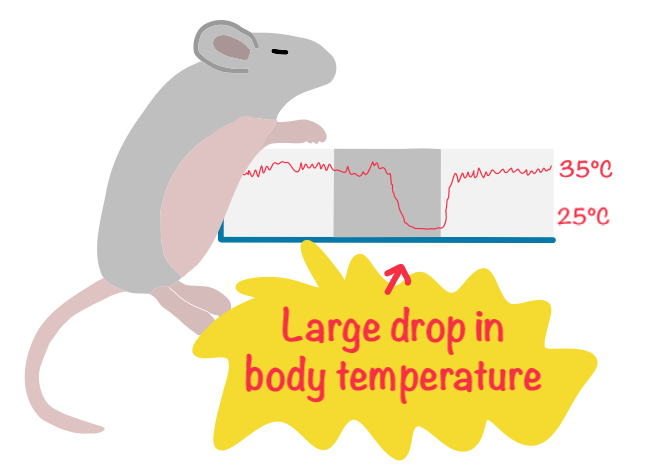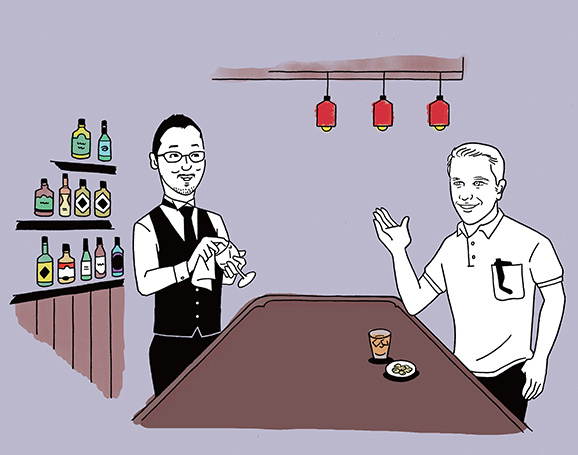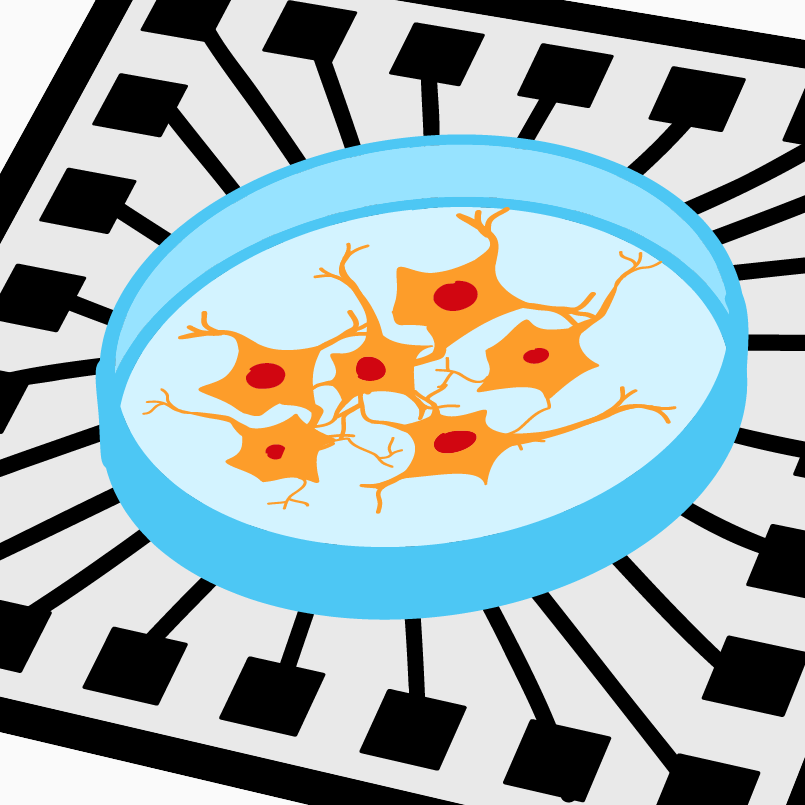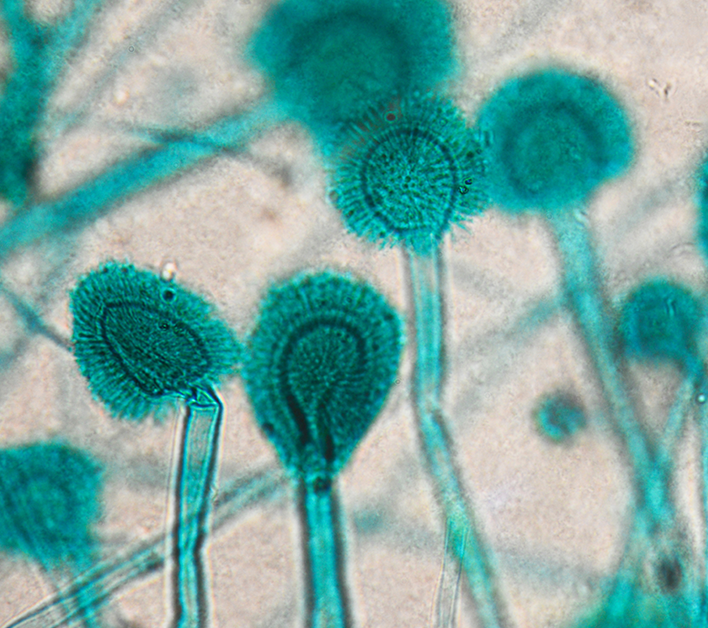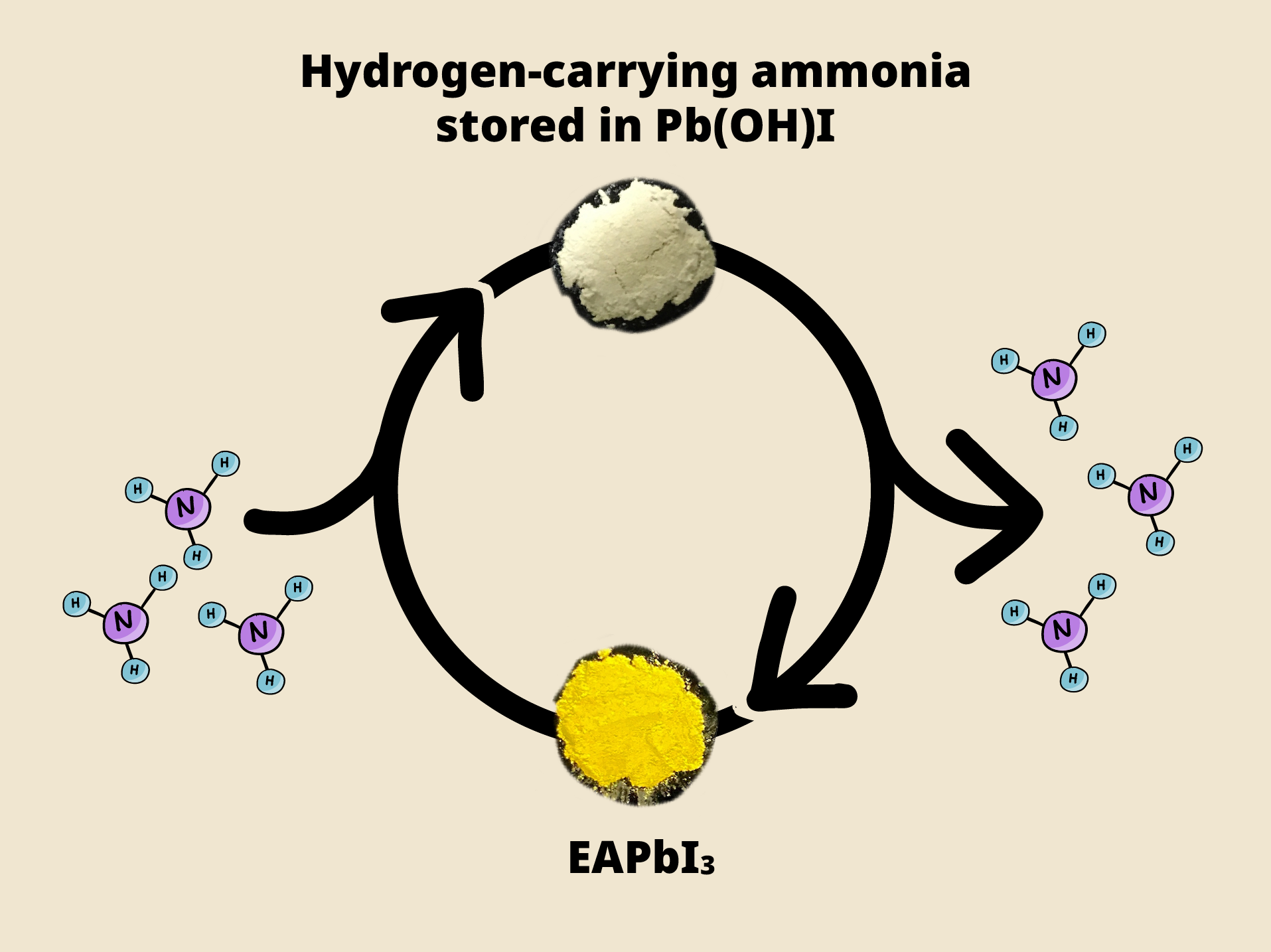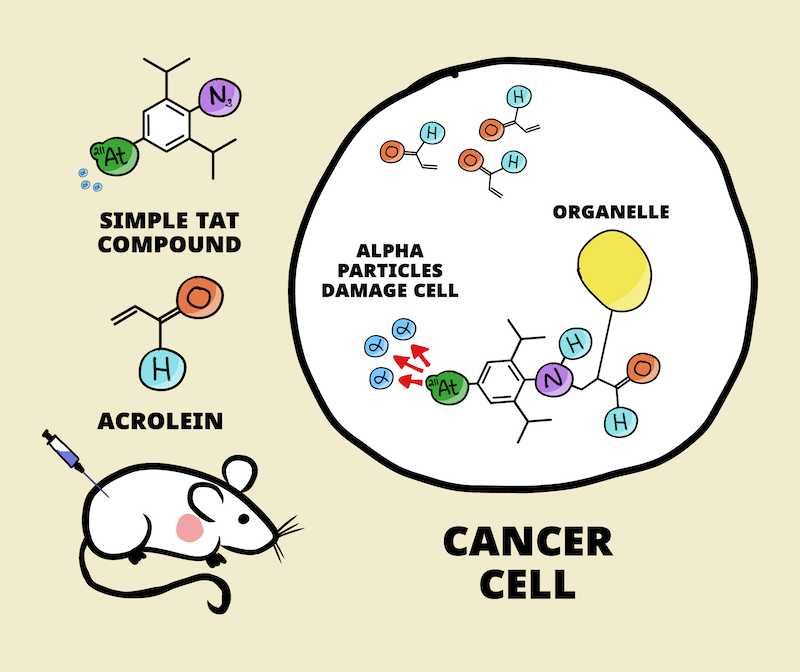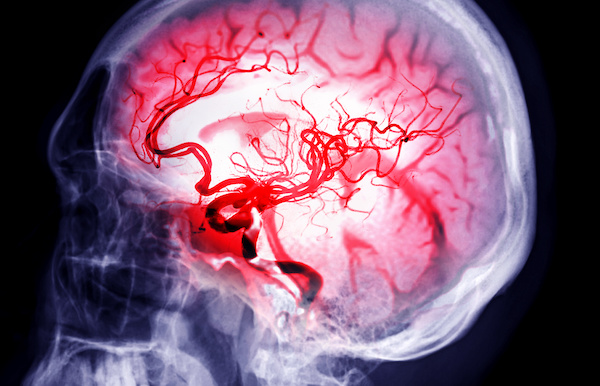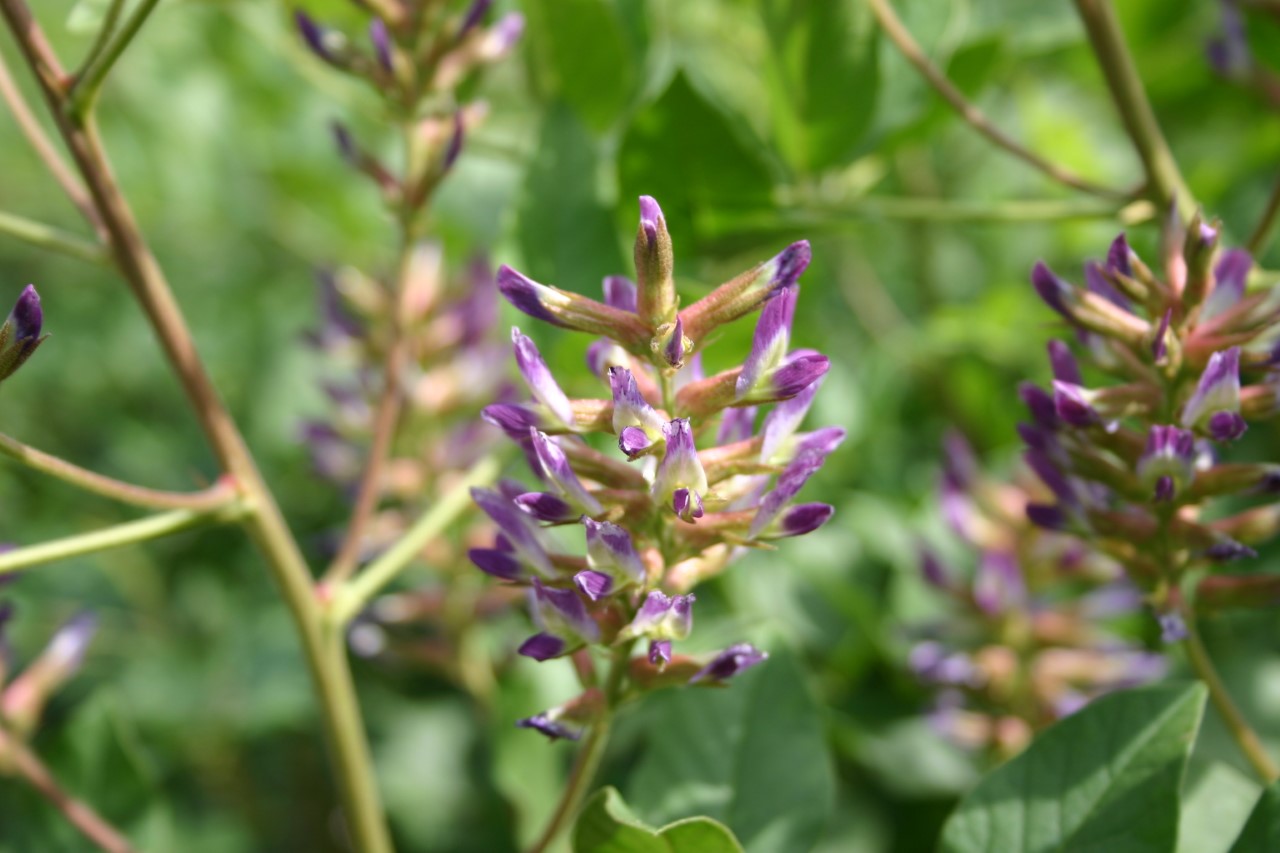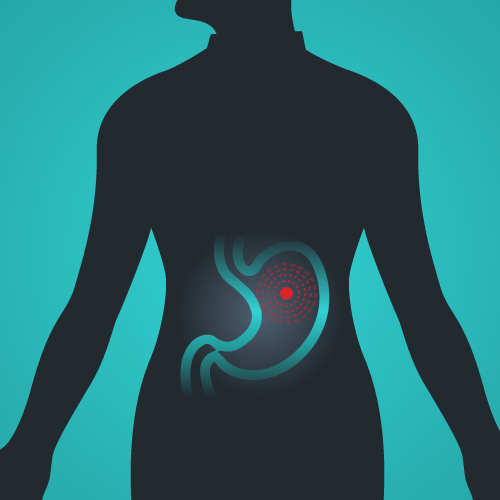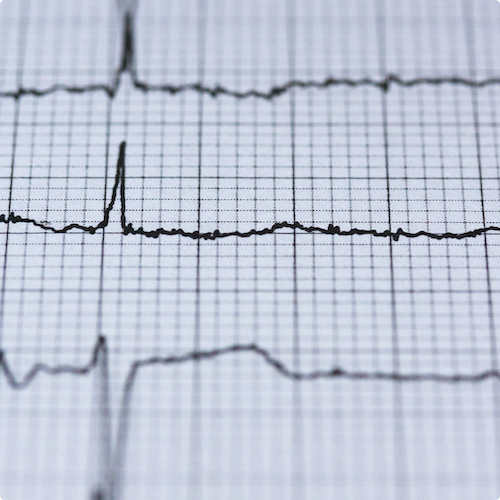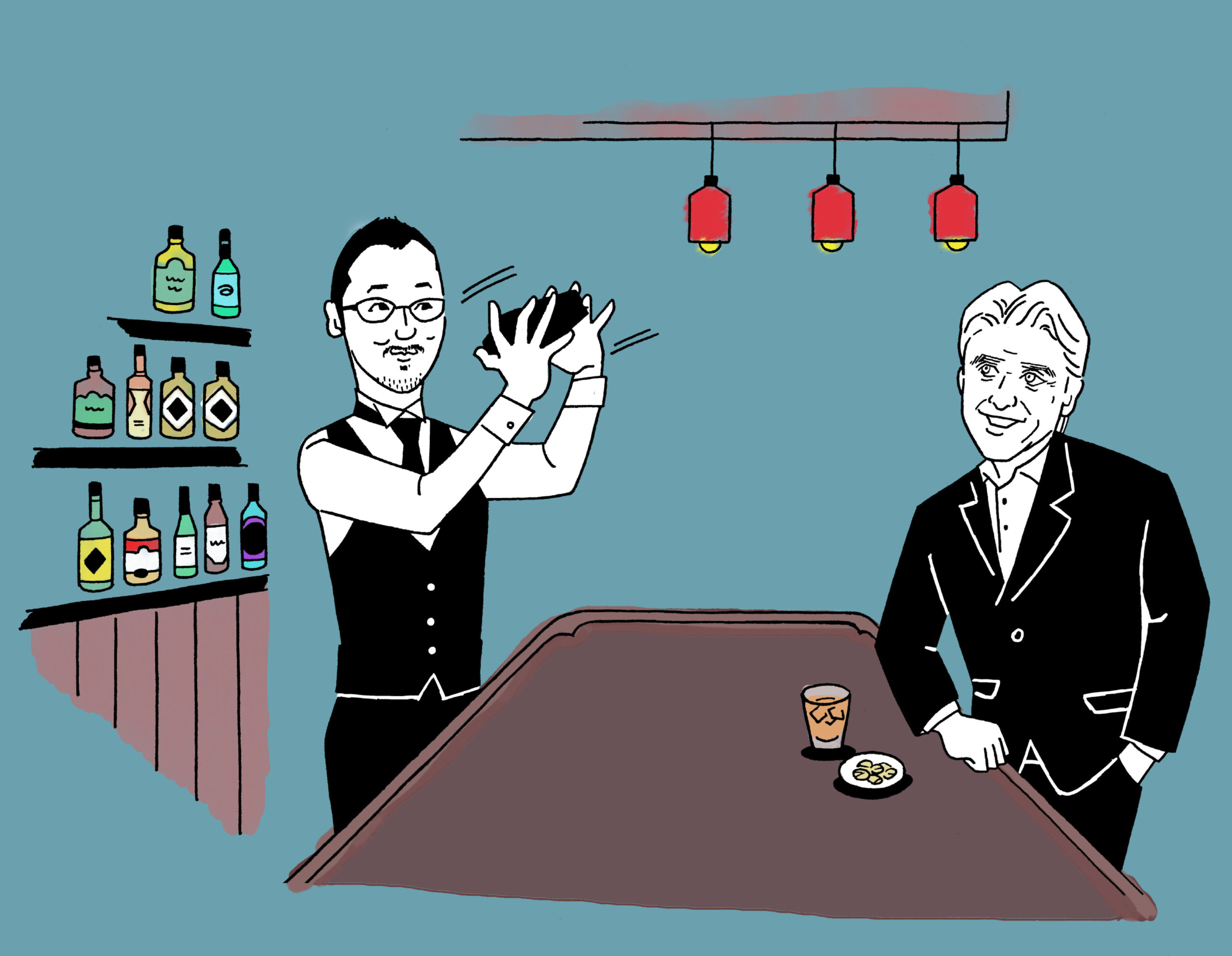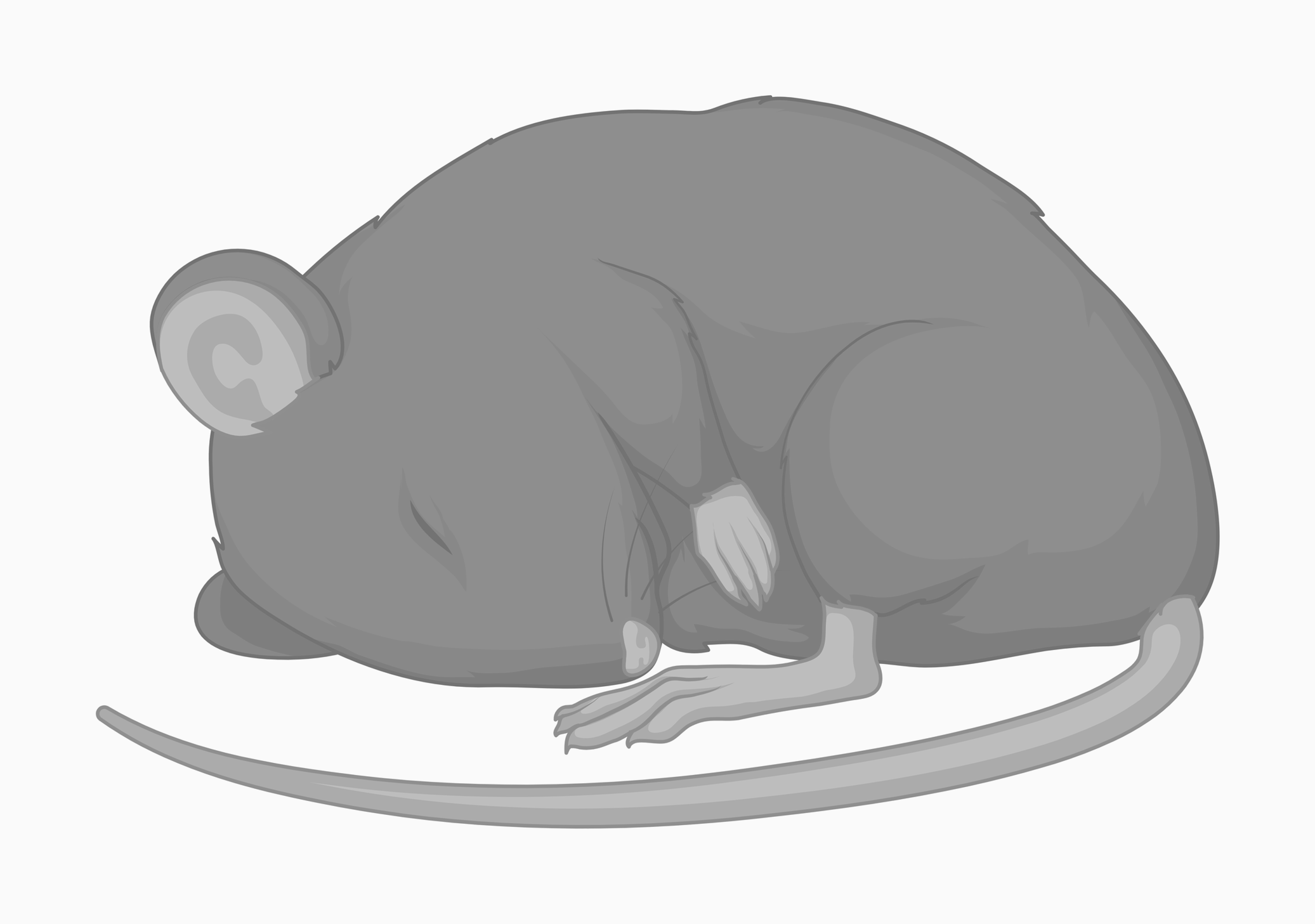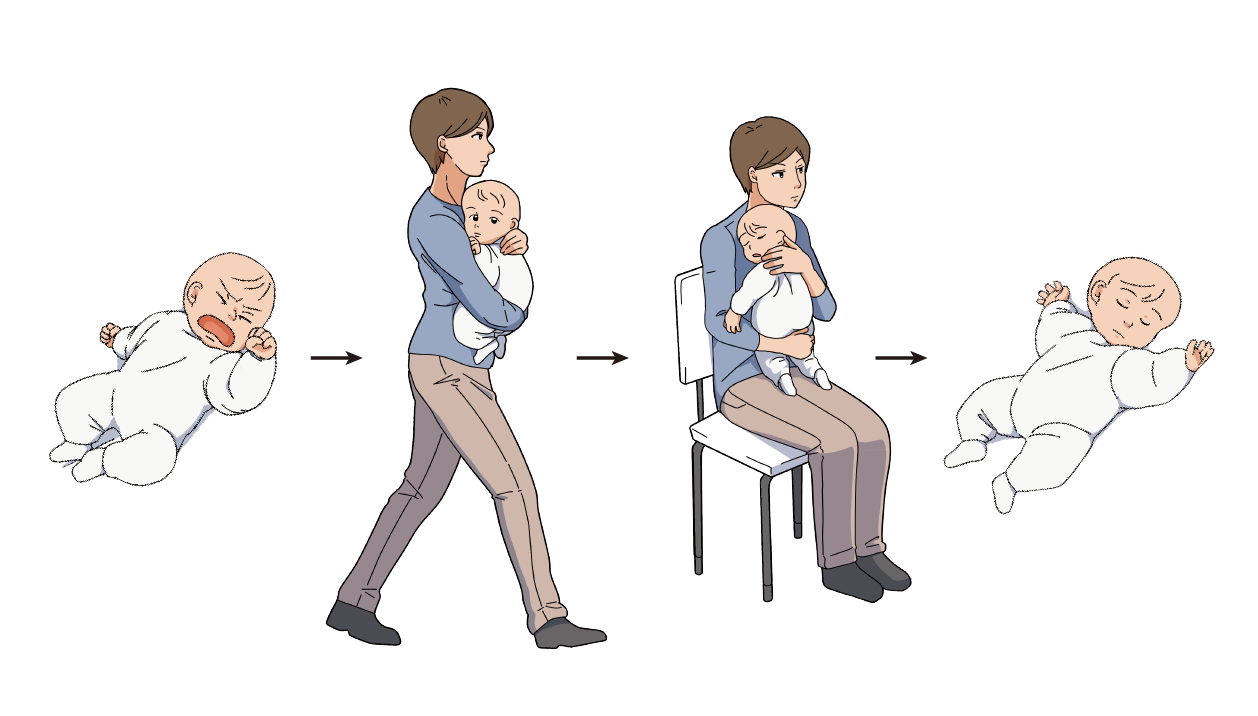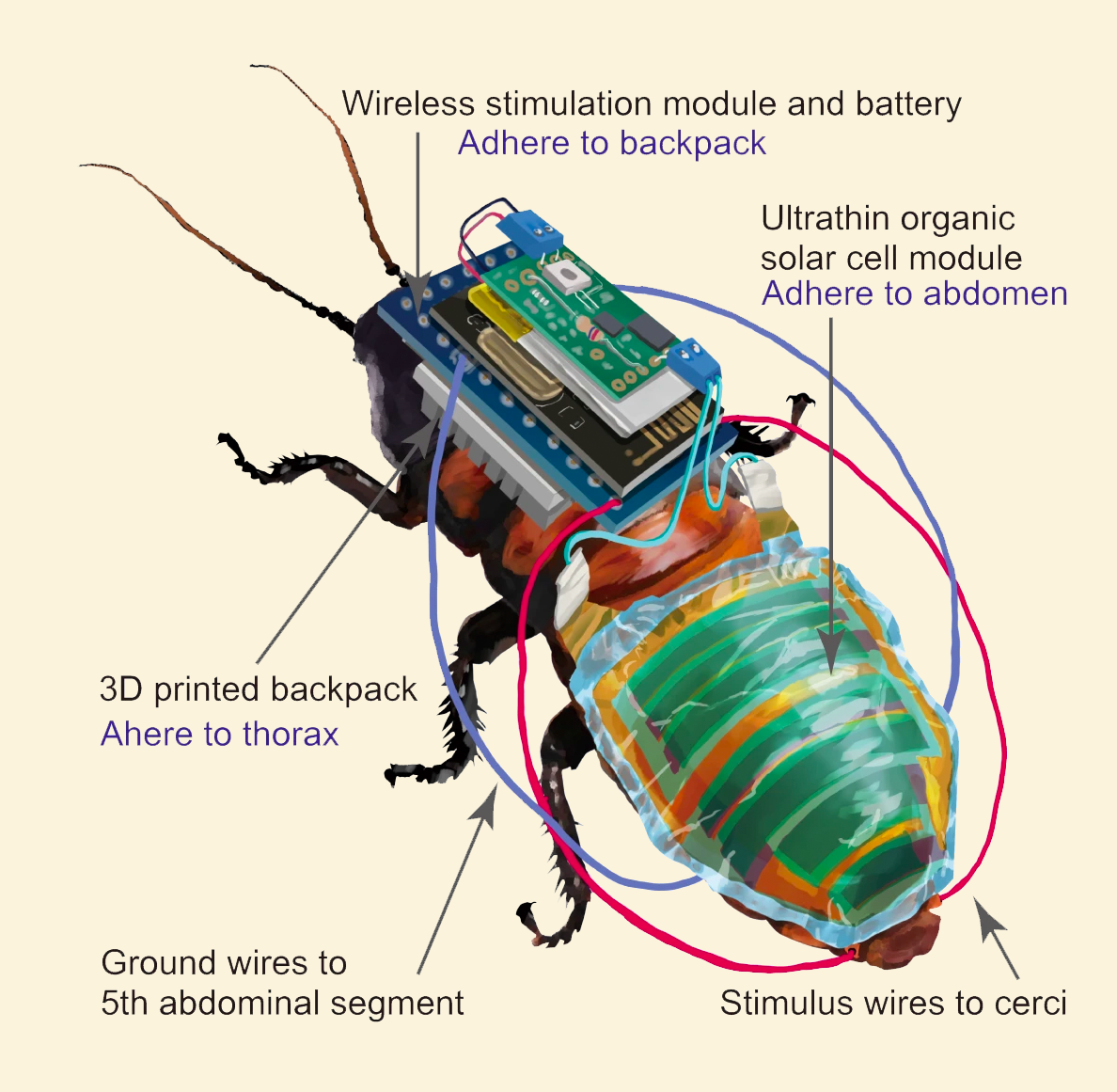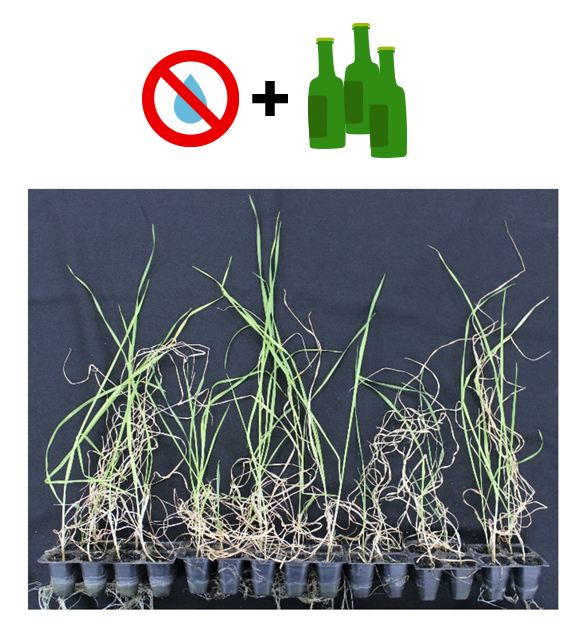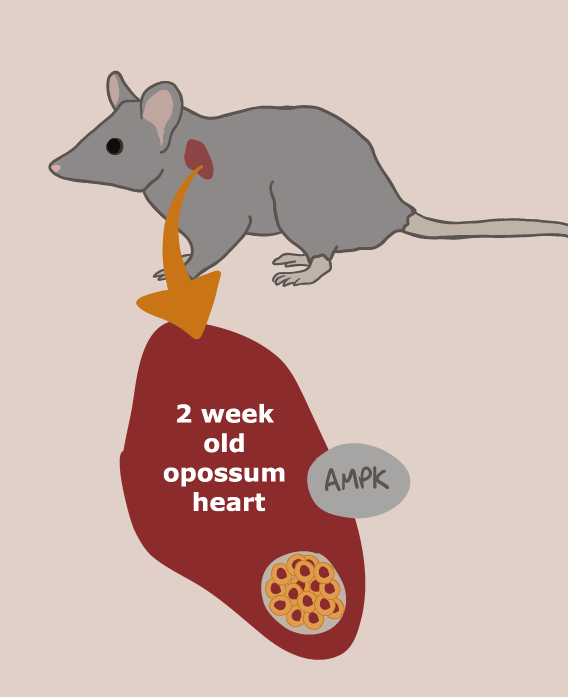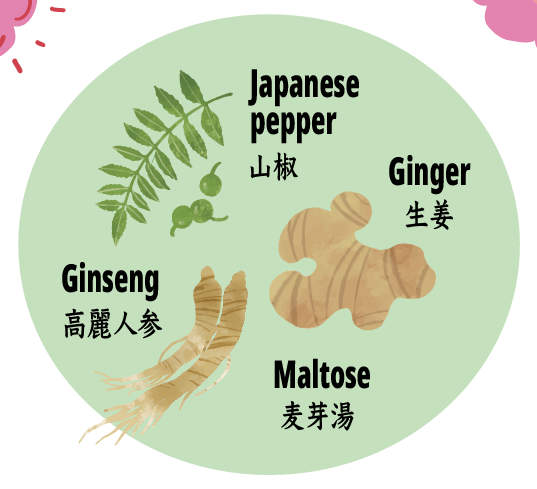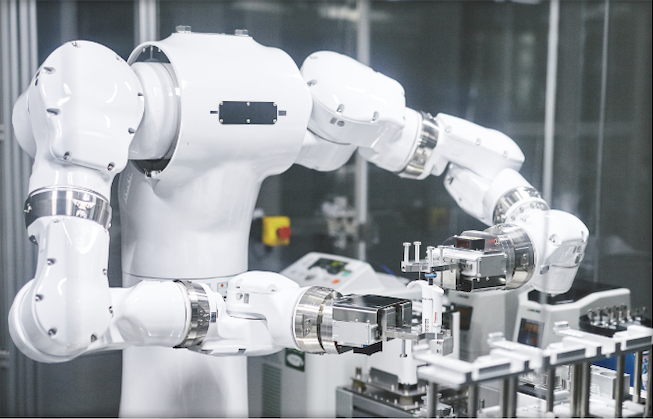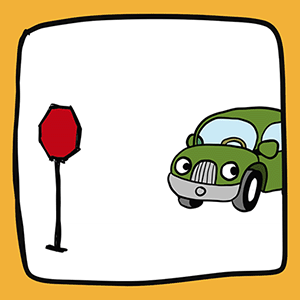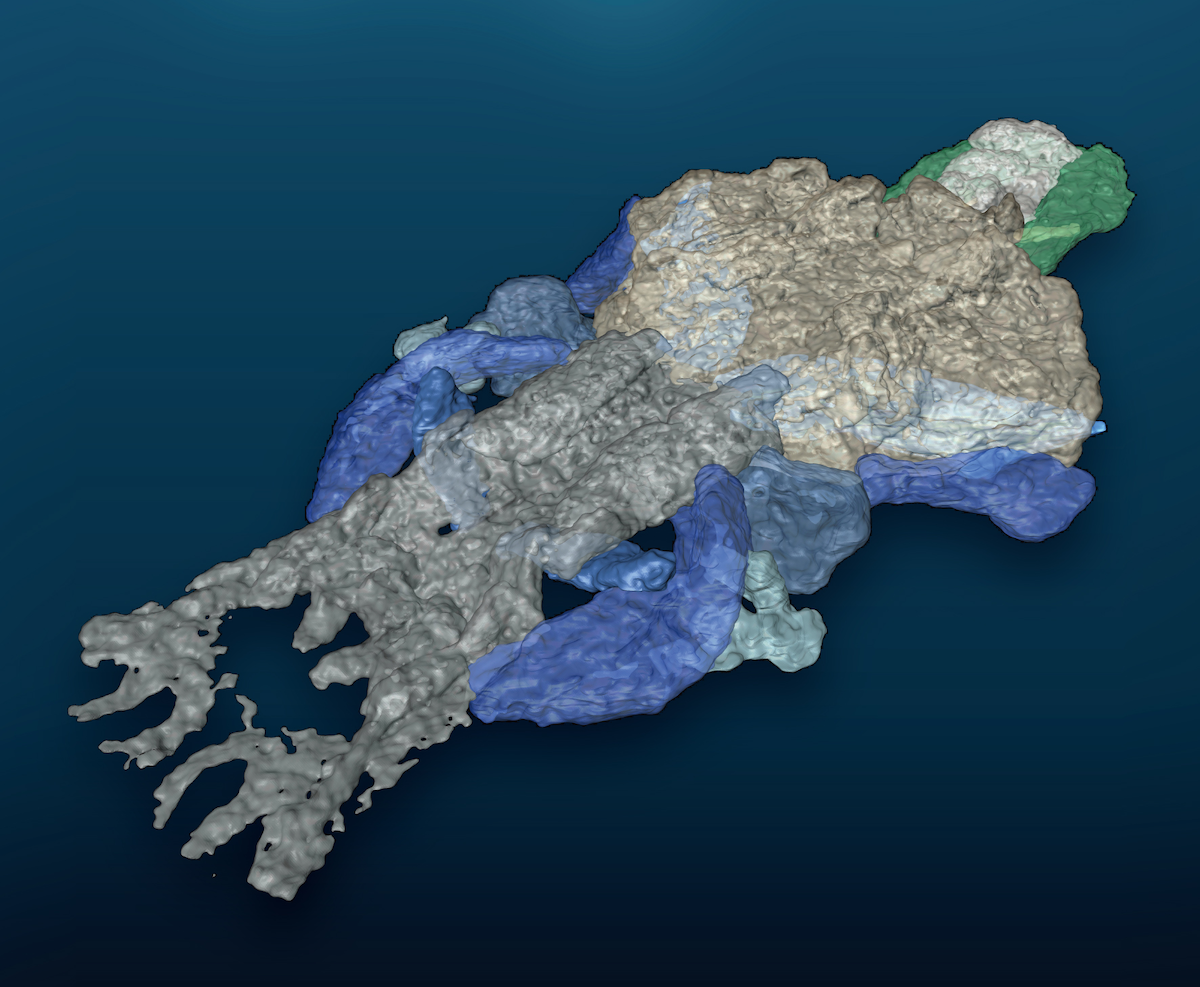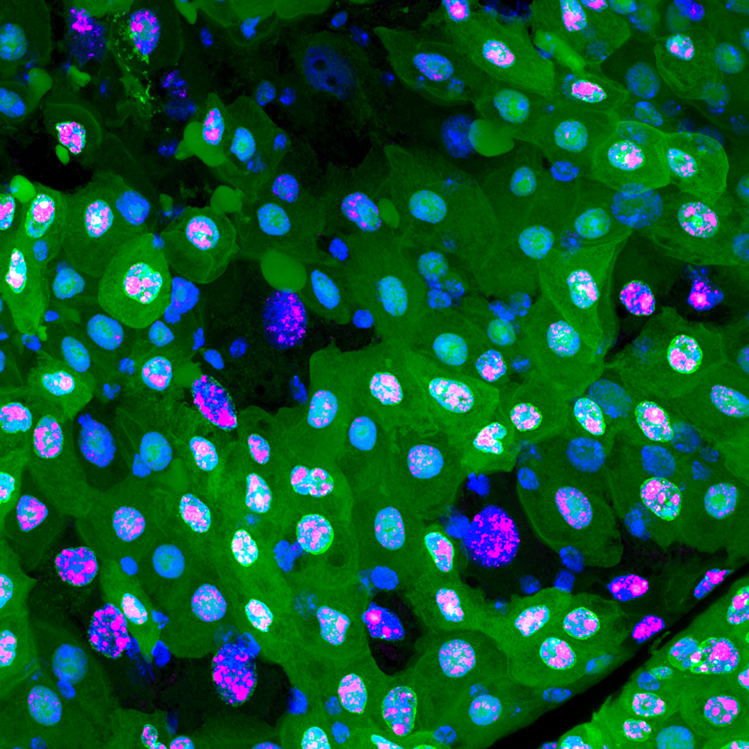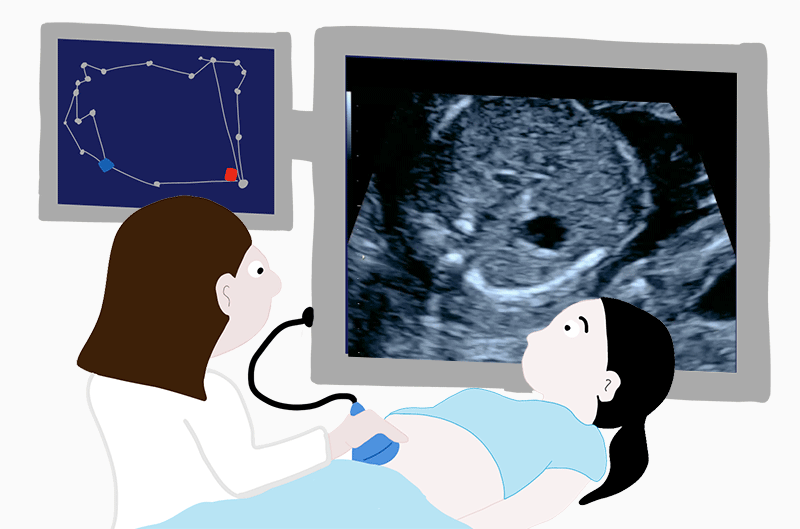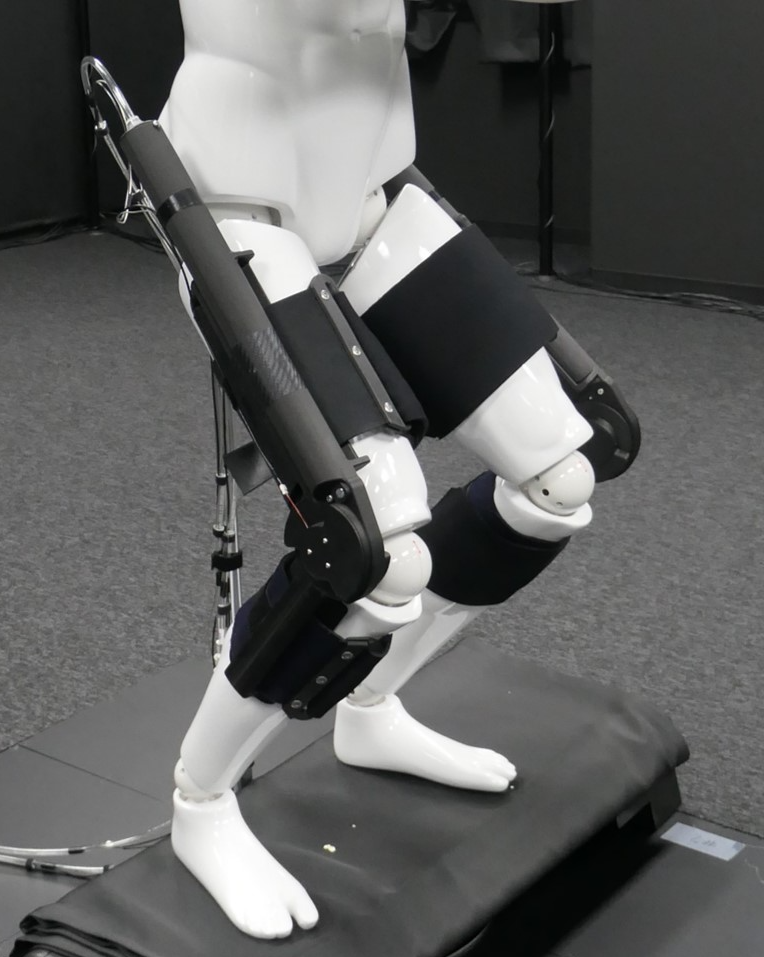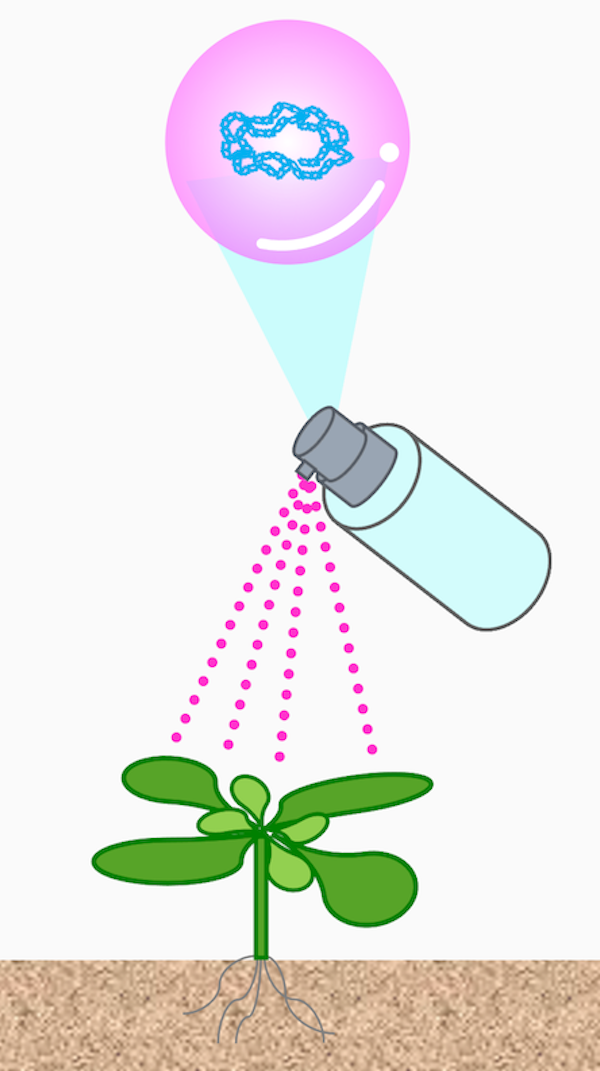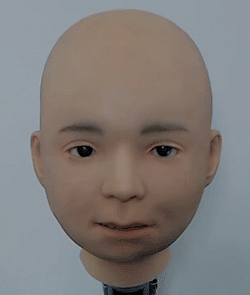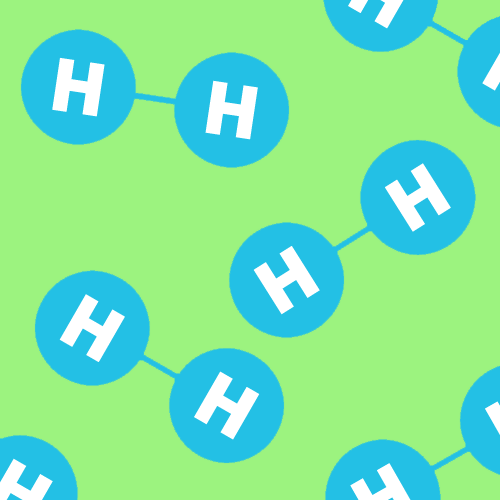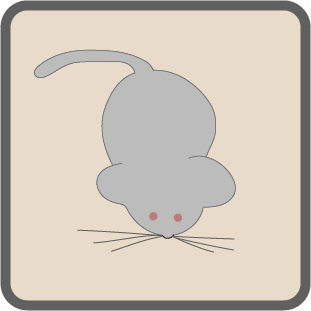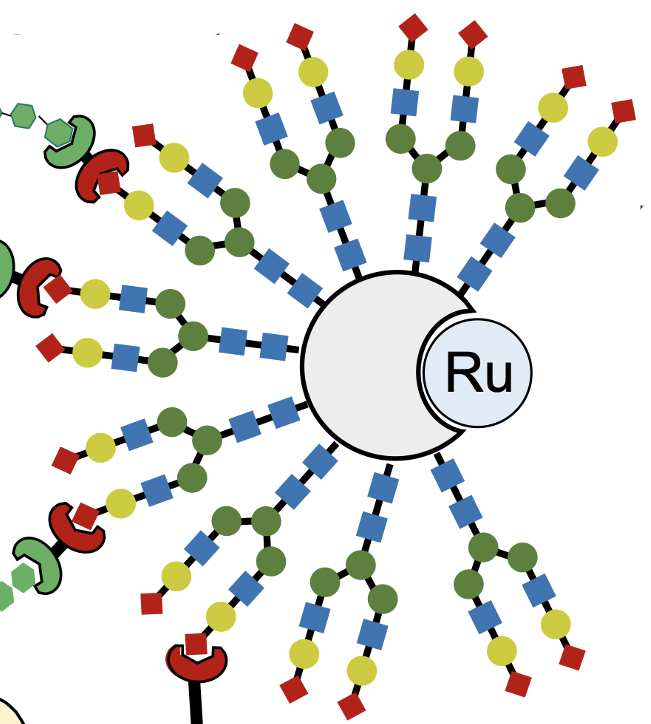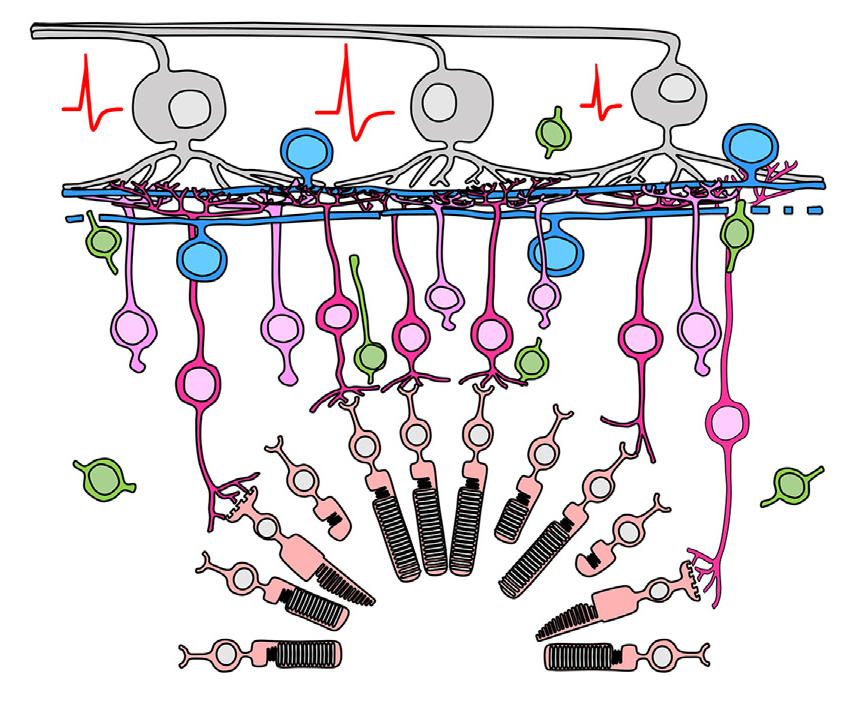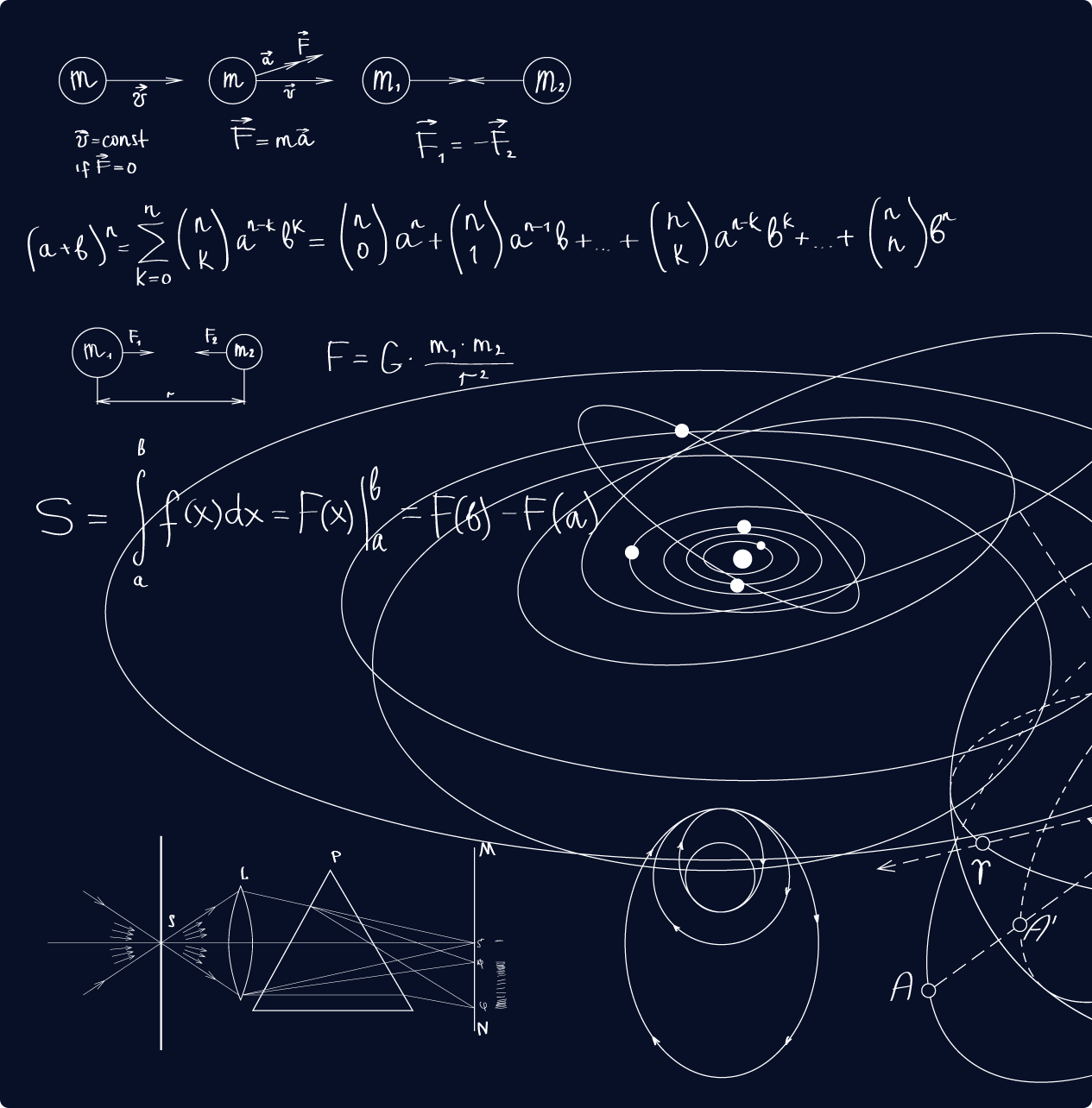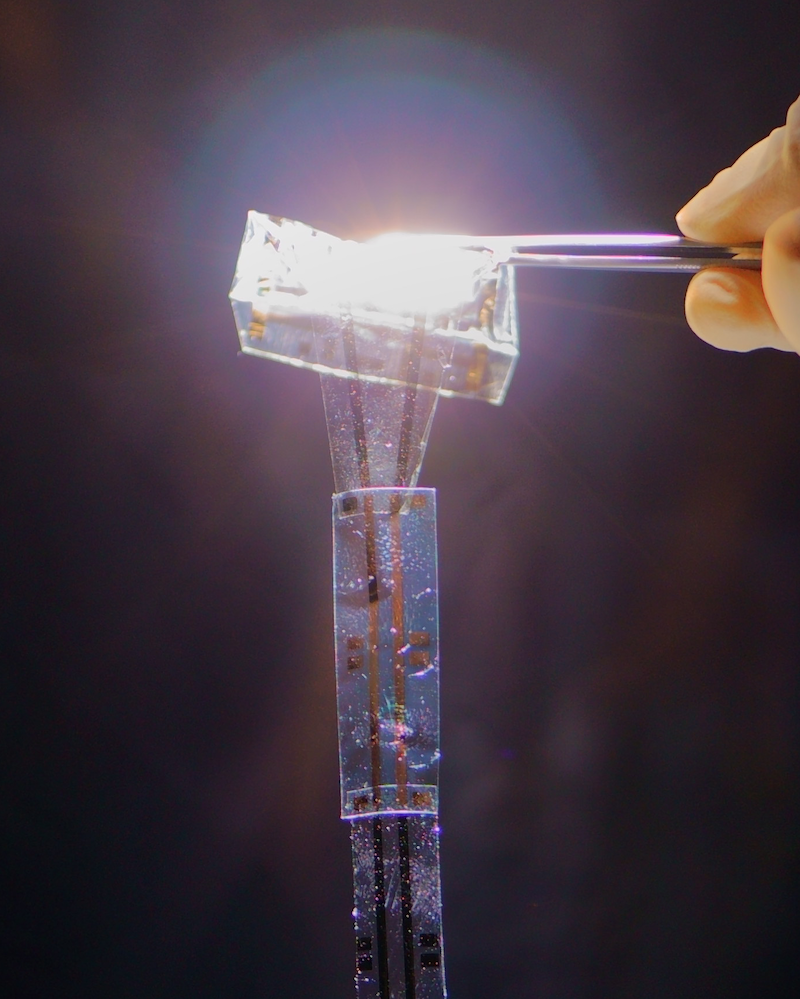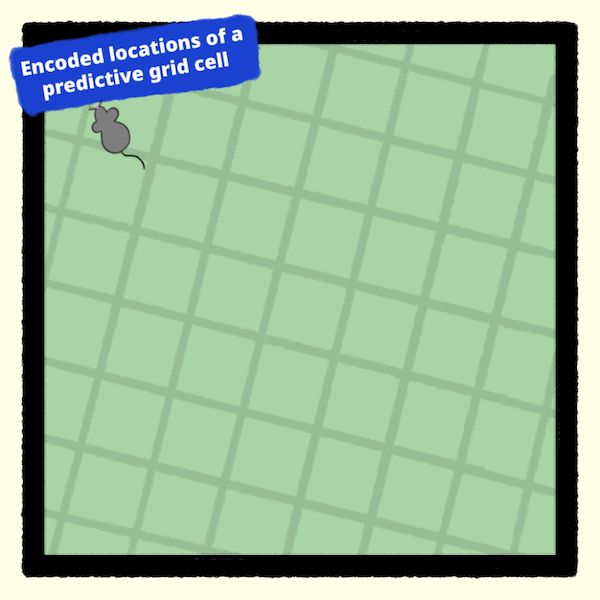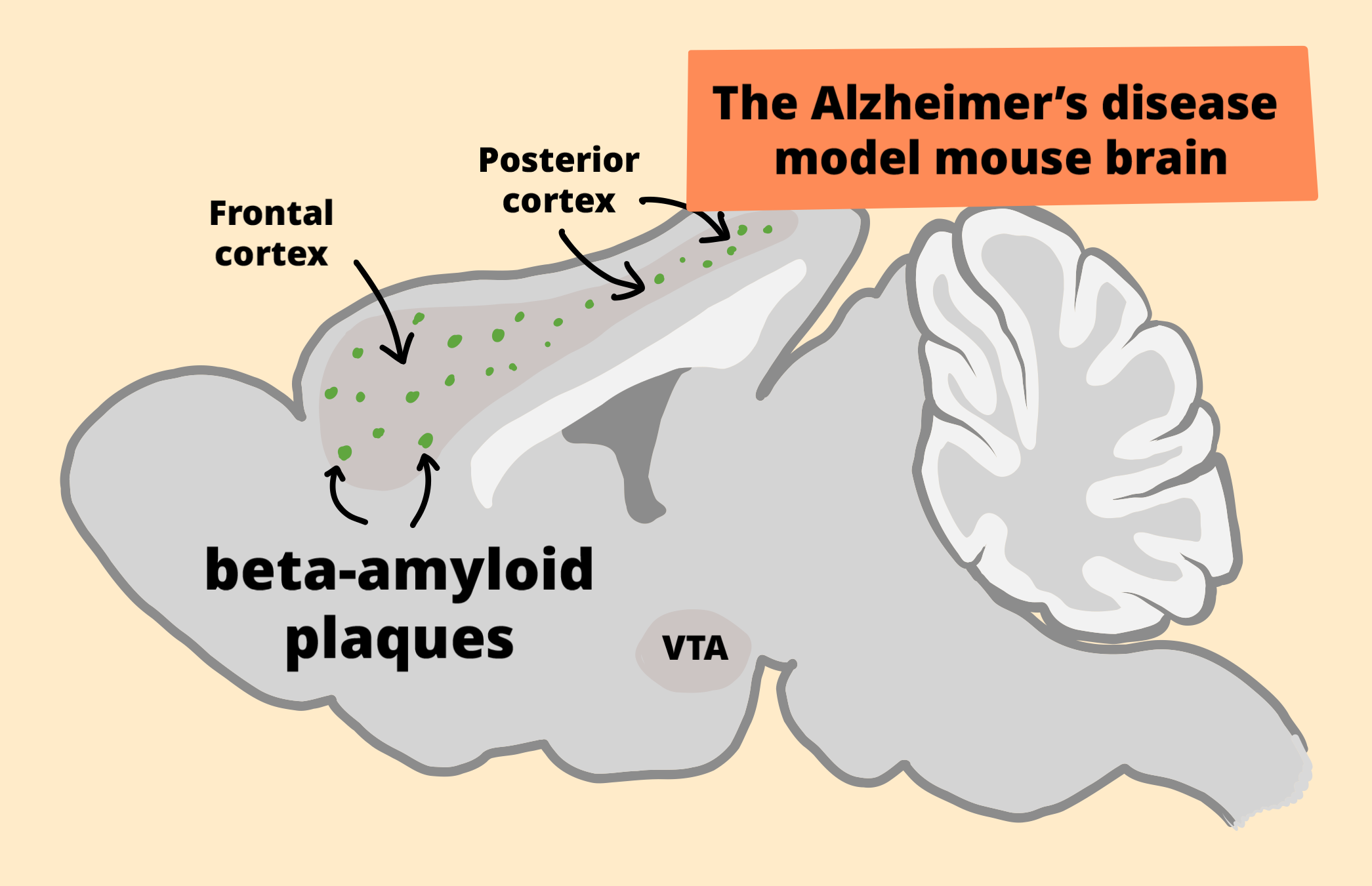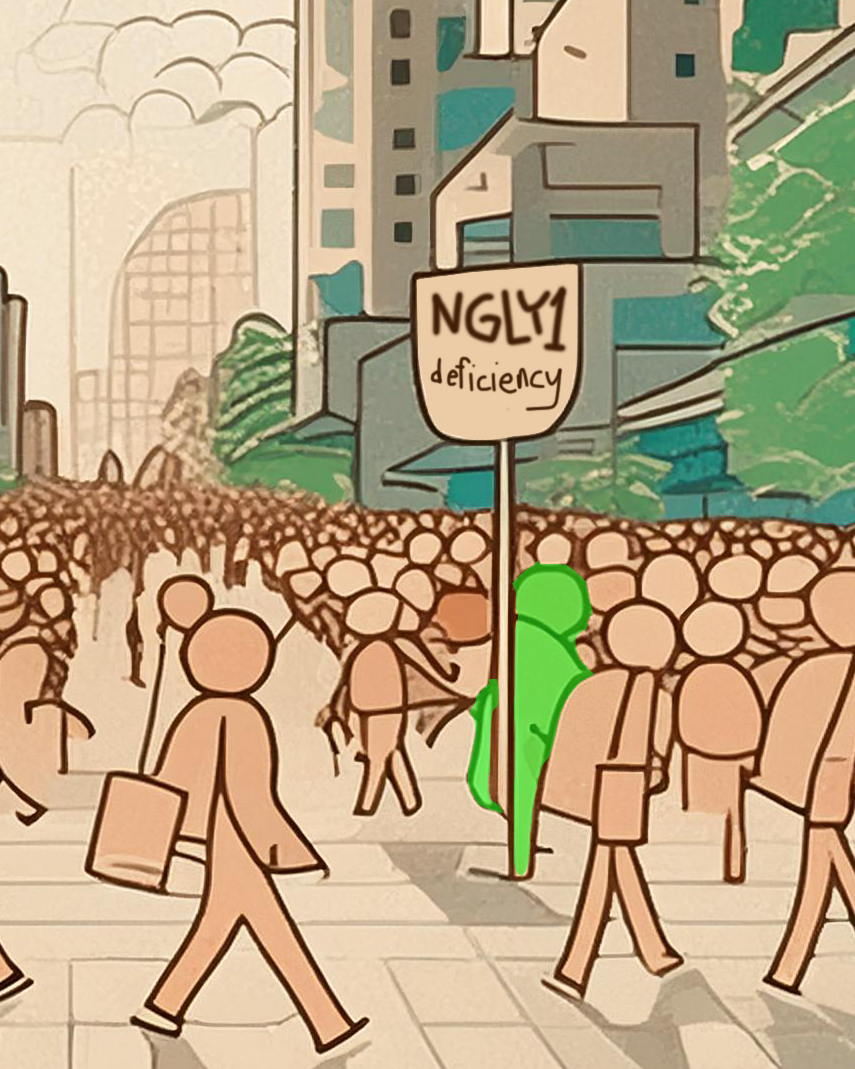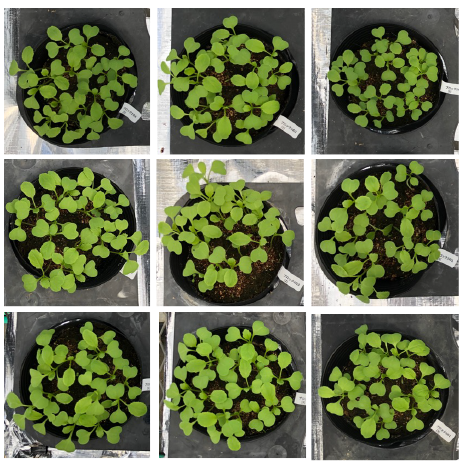Latest research animations
Self-assembly of spider silk
This gut microbe might protect against diabetes and reduce insulin resistance
NEW: One-way hydrogel guides motion of tiny worms!
Latest Posts
Toward human hibernation: cold-resistant mouse stem cells
A researcher’s journey part 2: emotional memory and being human
Mathematical model predicts self-organized learning in real neurons
Deadly fungi beaten with fatty acid synthase inhibitor
A new and improved way to store hydrogen
A new alpha-particle treatment for multiple cancers
A researcher’s journey: from surfing to studying pain
The first drug treatment for brain aneurysms (in mice)
Simple but revolutionary modular organoids
Thoughts on the genetics of medicinal licorice
Pathogenic genetic variation linked to H. pylori-related stomach cancer
ERRg predicts atrial fibrillation and hidden comorbidity
Memories are made of this ?? – (Part 2)
Replicating opossum heart regeneration to help fight cardiovascular disease
Spacey, nerdy nights in Tokyo
Memories are made of this ? ? – (Part 1)
Hibernation-like state can protect kidneys during heart surgery
Crying baby? Science says walk, then sit
Cyborg cockroaches to the rescue!
Ethanol pretreated soil protects plants from drought
Marsupial heart regeneration ability given to mice
How an herbal medicine protects against inflamed bowels
Robotic AI helps efficient growth of replacement organs
Extra “eye” movements are the key to better self-driving cars
Palaeospondylus: mystery of vertebrate evolution solved
Xist knockout rescues miscarriages in mice
A new type of cell death discovered in fly guts
Diagnosing fetal heart disease benefits from explanatory AI
Chaos theory provides hints for controlling the weather
Robotic exoskeleton learns to help people stand up
Nanocarrier spray: better crops without genetic modification
Introducing Nikola, the emotional android boy
Green hydrogen production for fuel cells and fertilizers
Social contact-seeking behavior and loneliness in the brain
New treatment assembles cancer drug inside the body
New lab-grown retinal sheets almost ready for clinical trials
The free-energy principle explains neural network behavior
How does gravity affect antimatter?
Super-thin wearable electronics just got more flexible
Protein antigens in meat, milk, and other foods suppress gut tumors
Stem cell exhaustion and proliferation: An aging fly’s tale
Chromosome copying errors pinpointed in developing embryos
Predictive grid cells help self navigation in the brain
Dopamine reduces beta-amyloid plaques in Alzheimer’s disease
RIKEN discovers new T cells related to immune disorders
Will the “love hormone” ever be used to treat a rare genetic disease?
Purple biomass makes a good crop fertilizer
Atlas of the aging lipidome highlights kidneys and gut bacteria
Dec
6
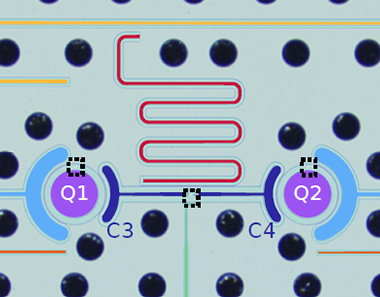
Scientists develop new and improved quantum gates
High-fidelity, low error quantum gates allow more reliable and accurate quantum computations, making the future of quantum computers more promising.
Dec
5
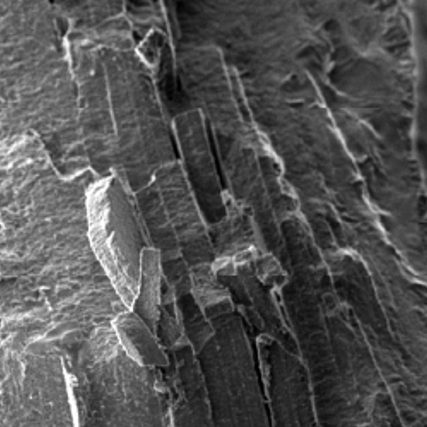
Nanopores in deep-sea hydrothermal vents and the origin of life
“Naturally occurring selective nanopore ion channels in deep-sea hydrothermal vents are similar to ion channels found in cells and could help explain the origin of life.
Dec
4
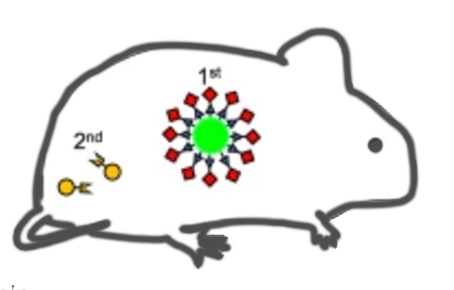
Albumin drops medicine off at cancer site then leaves the body
By changing albumin’s identity, drugs can carried to their targets and then removed from the body after being used.
Oct
16
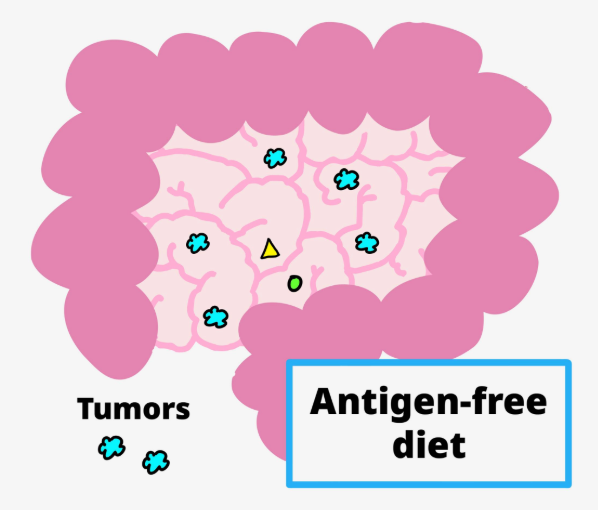
Protein antigens in meat, milk, and other foods suppress gut tumors
Food antigens were found to prevent small intestinal tumors in gut-tumor prone mice by making ensuring we have enough T cells for defense.
Oct
2
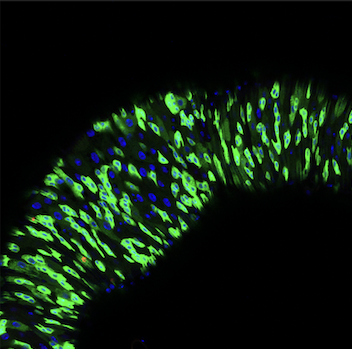
Stem cell exhaustion and proliferation: An aging fly’s tale
Blocking the gene ced-6 led to stem cell exhaustion in aging fruit flies and prevented repair of damaged intestines.
Aug
30
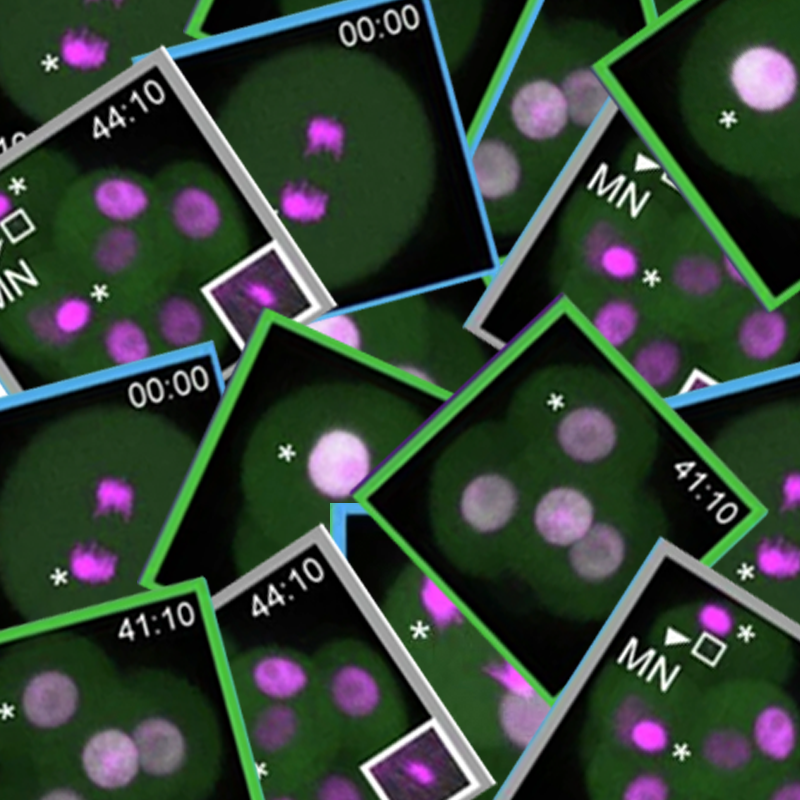
Chromosome copying errors pinpointed in developing embryos
The DNA duplication process changes during embryogenesis and chromosome copying errors increase during the transition.

